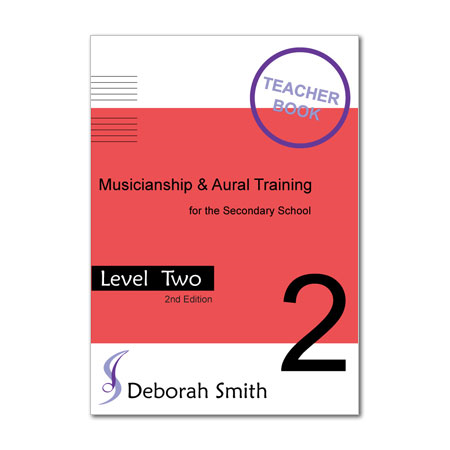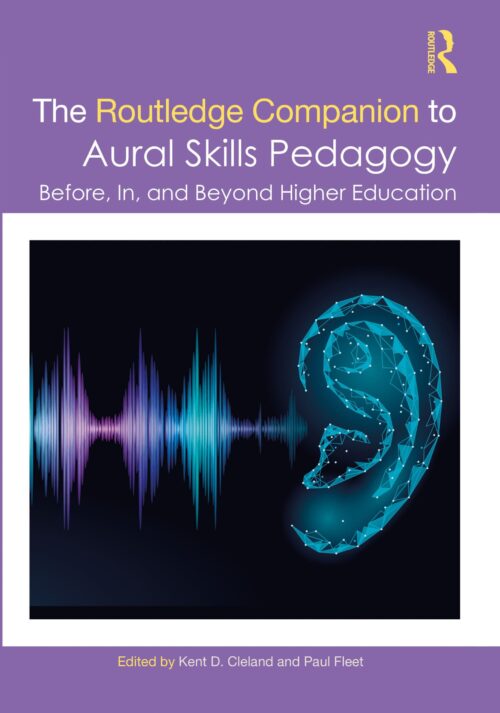

Now retired from full-time teaching, Spiewak is active as a performer and a composer. In 1982 - 2001, Spiewak taught at the Box Hill Institute of TAFE, and from 1999 he has been teaching at the Defence Force School of Music. I and II won the State Training Board of Victoria award for the Most Innovative Teaching Product in 1994), CPM Keyboard Advancing Course and Assessment Kit (AMEB, 1998), Clarinet Sight Reading and Transposition (AMEB, 2000) and The Performing Ear (Box Hill, 2001). The Musicians Guide to Aural Skills: Ear-Training (The Musicians Guide Series) Murphy, Paul, Phillips, Joel, Marvin, Elizabeth West, Clendinning. Publications by Spiewak include Aural Training for Musicians and Music Students Vol I - IV (Box Hill, 1991-1996 - Vol. His composer's portfolio embraces pieces for various instruments and ensembles.

Musician, composer and educator, Spiewak studied music in Poland and Australia and completed his Bachelor of Education (Music) at the University of Melbourne. He has been based in Melbourne, Australia, since 1974.

You will be able to go at your own pace and learn. This course is meant to take you beyond your normal, everyday audiology appointments. I also want you to be able to improve your brain efficiency and auditory processing skills, if possible, through listening therapy exercises. It is not a rare ability among musicians.Tomasz Spiewak was born in Krakow, Poland, on 12 September 1936. I want to you to learn strategies for hearing in different places. Learn what you can do immediately to improve your.

The ability to remember the particular quality of pitch classes well enough to so as to recognise them on hearing. Ear training (also known as aural skills) is one of the most underdeveloped skills for guitar players. HERE are many translated example sentences containing 'AURAL TRAINING' - english-norwegian translations and search engine for english translations. basic idea, contrasting idea, continuation, etc.) Translations in context of 'AURAL TRAINING' in english-norwegian. On a smaller scale, one could hear the differences between the Main Theme, Transition, and Subordinate Theme or even the structures in a single phrase (i.e. This could be through hearing the difference between verse and chorus in a popular song or hearing the the difference between the Exposition, Development and subsequent Recapitulation in classical sonata form. On a large scale one can train themseleves to hear the different formal sections of a piece in any music. These more general aspects tend to be used by more musicians (classical, jazz, etc.) than transcription. Beyond function, even hearing the quality of the chord can be important and be used by musicians. It is possible to hear these different functions so as to have a better idea of what is happening in the music. In tonal music, different chords have different functions. This is a very common practice amongst jazz musicians as they transcribe solos recorded by other jazz musicians so as to develop their own improvisational abilities. rhythm, melody, bass line, etc.) one can, with proper training, transcibe the music they hear, into musical notation. For those with perfect (absolute) pitch, some aspects of aural training are certainly made easier, but not all.īy focusing one aspect of the music at a time (i.e. Ear training is the process of learning to connect music theory that is, notes, chords, scales, melodies and more with the sounds that we hear. For some it comes rather naturally and for others it is much more difficult, regardless of whether or not they are a musician. One's ability in aural training varies greatly from person to person. Aural Training could also be used to identify formal structures on both large and small scales. This can take the form of transcribing music into notation by ear or by hearing musical functions. Aural training is training to give the ability to recognize and understand the music one hears.


 0 kommentar(er)
0 kommentar(er)
